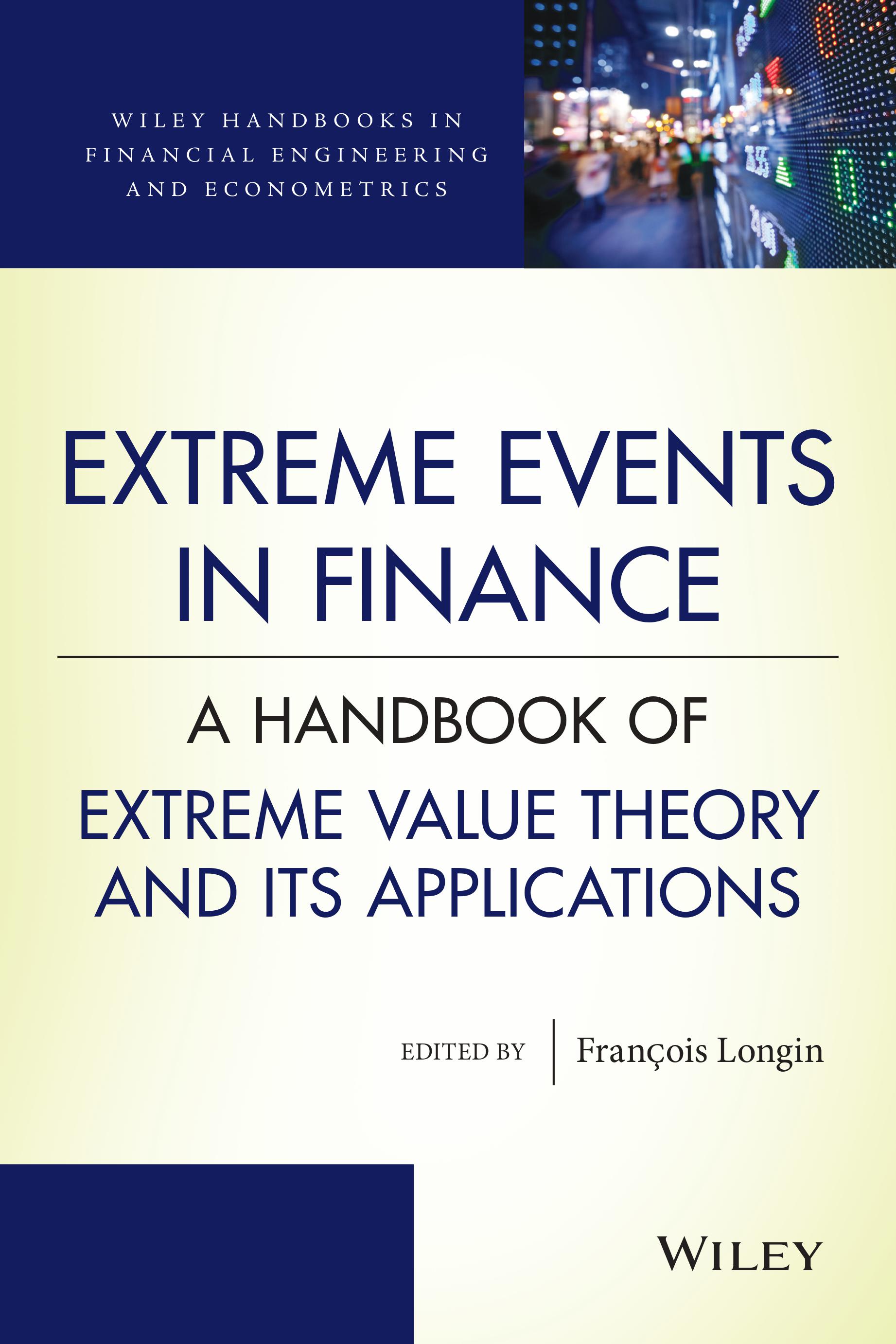Margin setting and extreme value theory
|
||
|
Margins: a tool to manage counterparty risk in derivatives markets Margin setting is a vital element to ensure stable futures trading. Clearinghouses protect against counterparty risk through margin setting. Clearinghouses must be both competitive but ultimately they protect against counterparty risk. We examine the use of Extreme Value Theory (EVT) in setting margins in the context of a number of alternative approaches. Our contribution Extreme Value Theory models focuses explicitly on tail returns that are key for setting margin levels. Extreme Value Theory models fat tailed returns associated with futures. We outline the use of Extreme Value Theory, how it can be used in setting margins, and give an illustration for futures stock indexes. We show the underestimation bias in margin levels, that are calculated using the most commonly followed approach of assuming normality, relative to using Extreme Value Theory. How and why does it matter? Traders default because of large negative or tail returns. Clearinghouses set margins to protect traders from default and minimise counterparty risk. Margins are important. The clearinghouse must impose margins to secure the safety of the exchange against large price movements for contracts and encourage investor participation in trading. We illustrate the use of an innovative approach, relying on Extreme Value Theory, that appropriately models tail returns in setting margins. |
||

|

|
John CotterUniversity College Dublin |
|
Kevin DowdDurham University |
|



